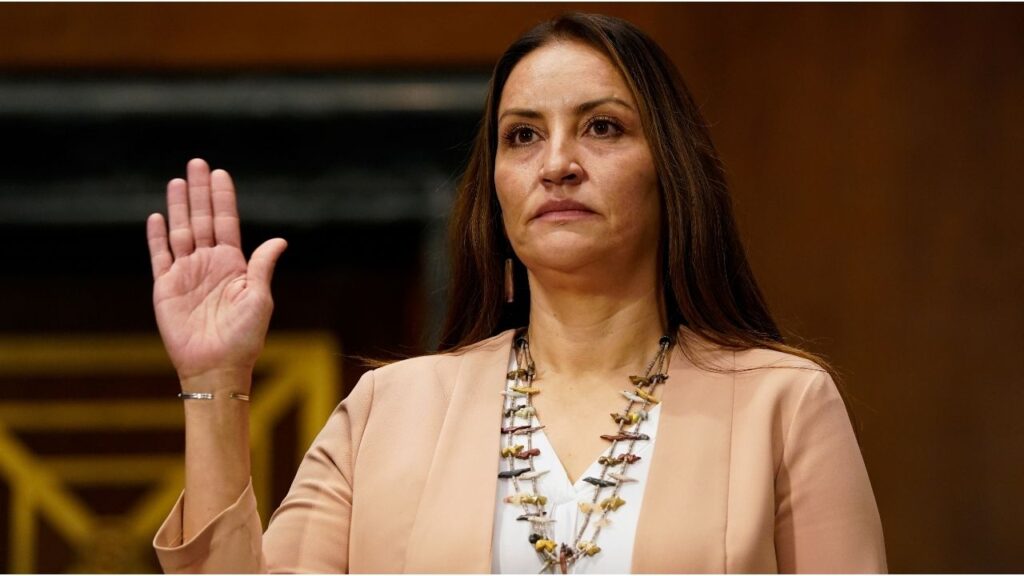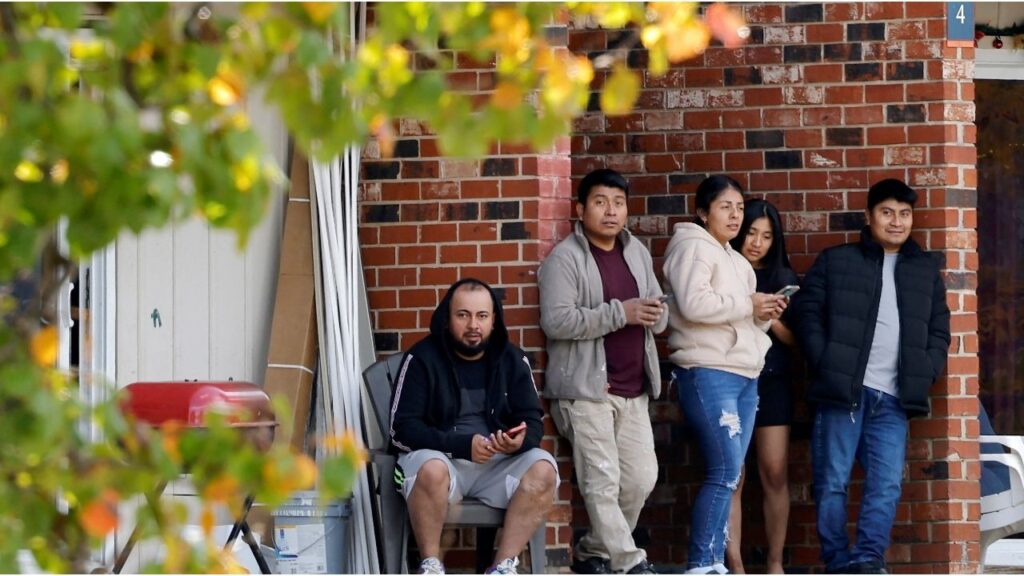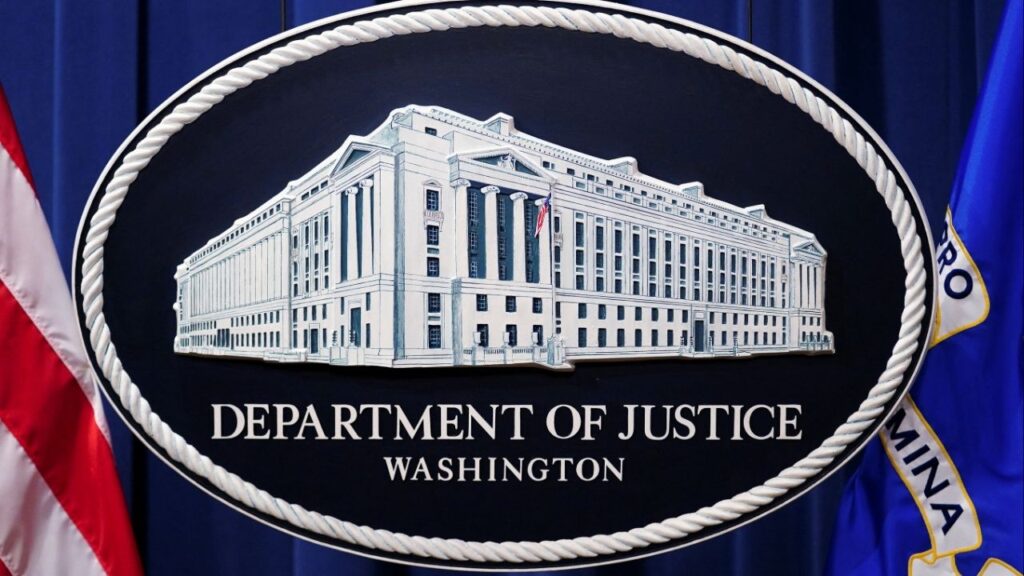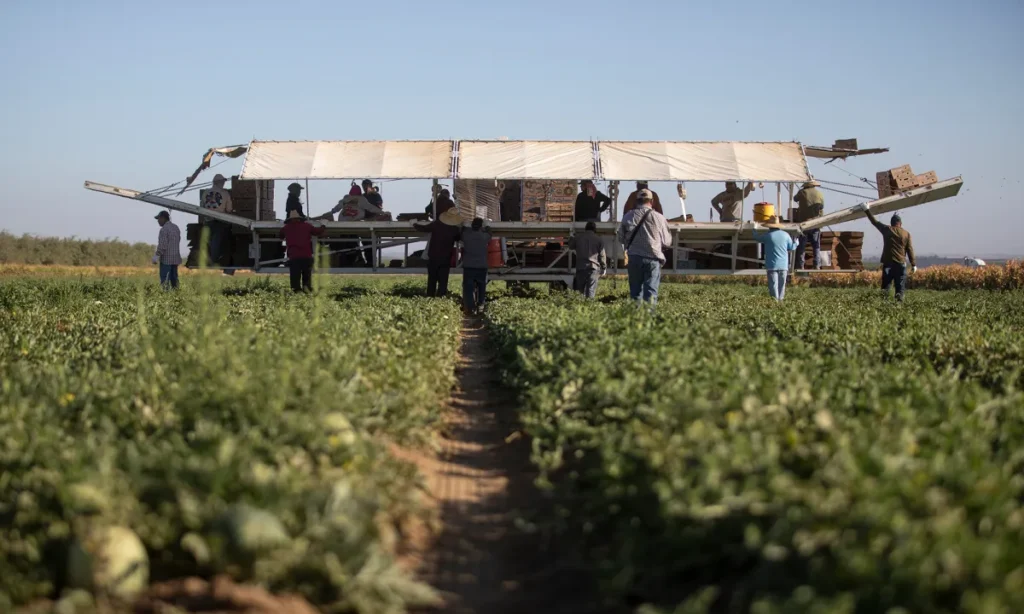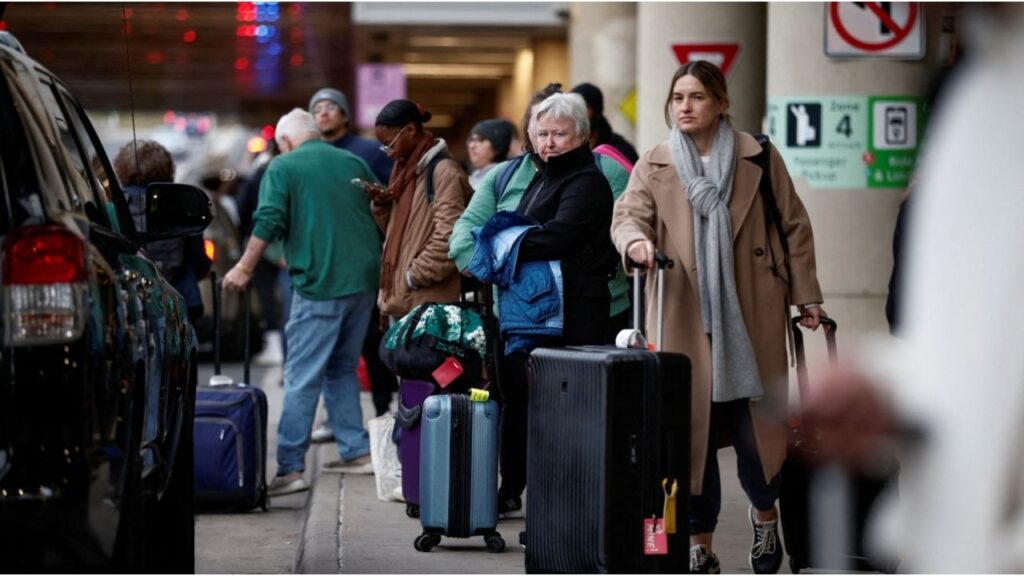Share
California is either about to right decades of inequality between rich and poor defendants by eliminating cash bail, or it’s about to turn over its justice system to robots.
The question of what to do about the system that decides whether people should be free while awaiting trial will be determined by Proposition 25. The stakes, as explained by each side, are either ending an unjust system or relinquishing judicial authority to a pretrial assessment tool run on an algorithm.

Nigel Duara
CalMatters
If passed, Prop. 25 would allow each of California’s 58 counties to choose its own algorithm to assess a person’s flight risk or likelihood of reoffending while awaiting trial. The algorithm makes a recommendation, but the decision falls to the judge.
Yet those algorithms meant to solve for human bias have come under scrutiny in recent years, with some early boosters pulling back support. Those new dissenters worry the computer programs currently available will be overly broad in interpreting risk and unnecessarily keep throngs of defendants, many of them poor and minorities, behind bars.
Some States Are Moving Away from Cash Bail
Cash bail as an industry dominated by commercial bail bondsmen only exists in the U.S. and the Philippines. Some states have begun to turn away from cash bail either relying on national algorithms or, like Virginia and Florida, created their own.
In 2018, former Gov. Jerry Brown signed a law to eliminate cash bail, replacing it with a new pretrial risk assessment similar to federal courts. But the years since SB 10 have been difficult for supporters of bail determination algorithms. First, a group of 27 academics from institutions like MIT and Harvard pulled their support, citing the danger of using inexact and overly broad definitions in predicting violence.
Their principle objection was the way the algorithms defined risk. “When tools conflate the likelihood of arrest for any reason with risk of violence, a large number of people will be labeled a threat to public safety without sufficient justification,” the group wrote.
Algorithms at Issue
Then this year, an even bigger setback for algorithm advocates: The Pretrial Justice Institute, long the standard-bearer for a risk-based algorithmic approach, announced it no longer supported using algorithms in determining someone’s eligibility for pretrial release.
“We were too focused on fighting the damaging status quo to really listen,” PRI wrote in a mea culpa in February. “We made a mistake.”
Supporters of Prop. 25 argue that inequities created or exacerbated by the algorithm can be worked out during the periodic reassessments of the program — Prop. 25, if passed, would get its own review by Jan. 1, 2024 — and that other such algorithms are in use in other states, with no grave consequences yet reported.
There are five popular algorithms in use today, in states from Kentucky to New Jersey, along with several California counties that have already eliminated cash bail.






